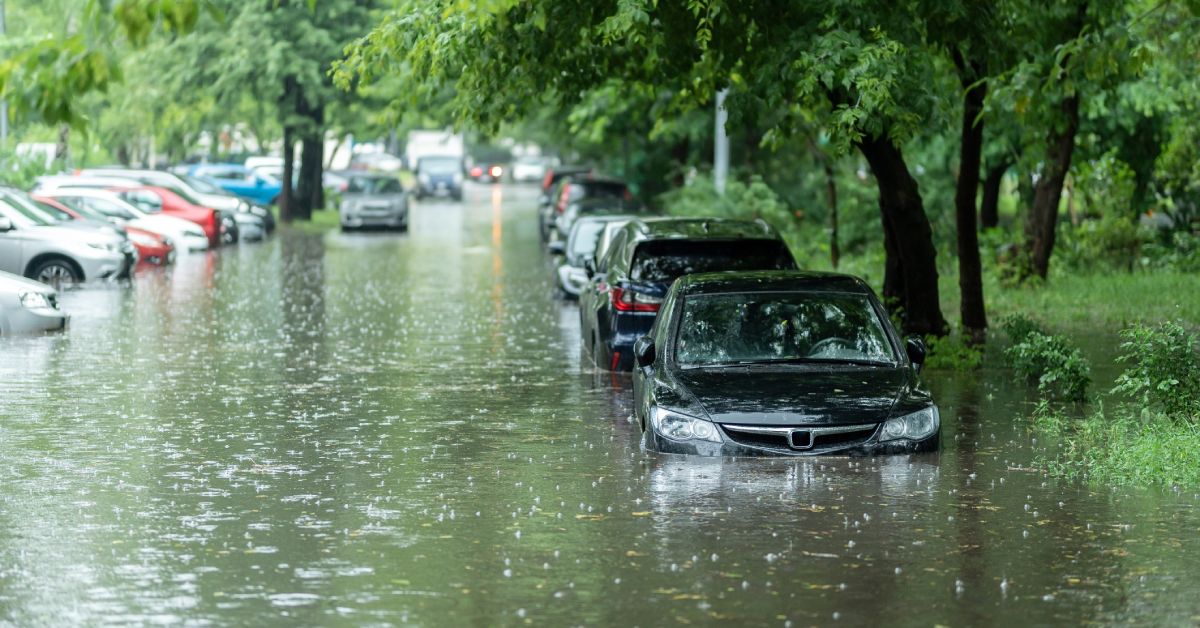
Flooding can have a devastating impact on homeowners, and in California, this risk is compounded by the state's unique geography and climate. Although nearly one in five Californians live in a region with a high flooding risk, fewer than 2 percent of the state's population has a flood insurance policy.
One possible explanation for this statewide coverage gap is that Californians have misconceptions about flood policy, its coverage limits, and its importance. Understanding the ins and outs of flood insurance is vital for homeowners to protect their property as well as their financial security. Here are four things California homeowners should know about flood insurance.
Homeowner’s Insurance Excludes Flood Damage
Many homeowners mistakenly believe that their standard insurance policy covers flood damage. Unfortunately, this is not the case. Homeowner’s insurance generally covers water damage from internal sources like a burst pipe but excludes natural flooding events. For Californians, where the risk of flash floods and rising sea levels is increasing, getting separate flood insurance can be a crucial step in safeguarding your home.
Some Californians Are Required To Purchase Flood Insurance
Depending on your property’s flood risk, your mortgage lender may require homeowners to purchase flood insurance. These areas are determined by the Federal Emergency Management Agency (FEMA), which updates flood maps regularly. Even if you’re not in a high-risk area, flood insurance may be beneficial, as floods can occur in moderate- to low-risk areas. In fact, 25 percent of flood insurance claims come from regions with these risk levels.
Flood Insurance Does Not Cover All Damage
While flood insurance is essential for covering losses due to flooding, it does not cover all types of damage. Policies typically include coverage for the structural elements of your home and certain personal belongings but not for landscaping or outdoor structures. Understanding your policy's limitations will help you plan for out-of-pocket expenses that might arise after a flood event.
Damage Not Covered by Flood Insurance
Here is a short list of the major damages that a flood insurance claim will not cover:
- Belongings stored in your basement
- Damage caused by mold or mildew
- Temporary housing costs after a flood
- Damage to outdoor structures like trees, decks, sheds, or jacuzzis
- Damage to valuable certificates, currencies, and metals
Flood Insurance Takes Effect After 30 Days
Flood insurance policies typically have a 30-day waiting period before they become active. This means you cannot purchase flood insurance at the last minute when a storm is approaching. Planning ahead ensures that you have coverage when you need it most. Don't wait until the flood threat is imminent—act now to secure your peace of mind.
California residents must stay informed about flood insurance options for protecting their homes. Take action today to review your insurance needs and explore additional coverage options, particularly if you live in areas like Long Beach. For tailored advice and competitive rates on home insurance in Long Beach, contact Saferoad Insurance Services for more information.